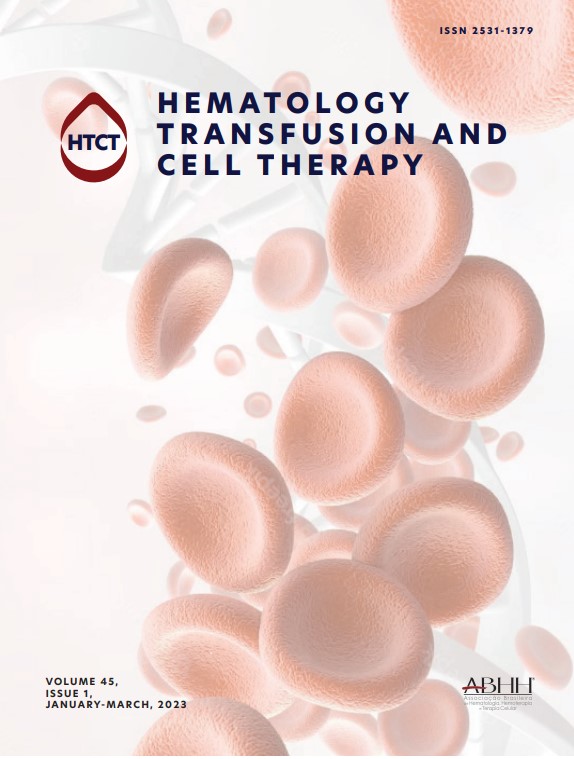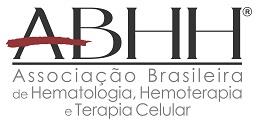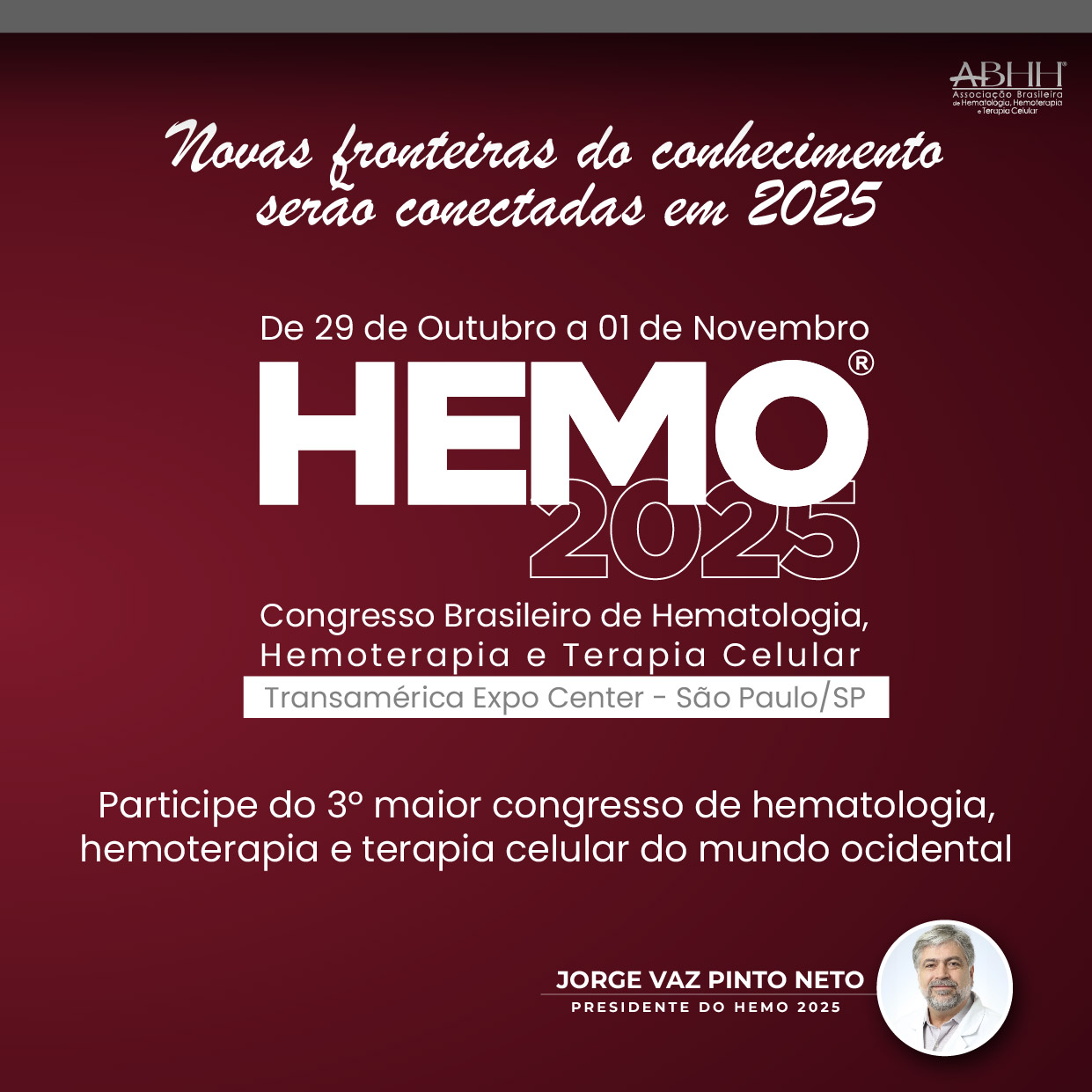There are multiple risk scores developed in the last decades to describe entry disease characteristics, enable risk stratification, and predict the clinical outcome of chronic myeloid leukemia (CML) therapy. The treatment-free remission is a new goal of CML therapy postulated and defined also by recent ELN recommendations. In this context, early predictors of good response and chance to reach this ambitious goal are of special interest. The importance of Sokal, EURO (Hasford), EUTOS, and ELTS scores will be discussed. The other risk factors such as additional chromosomal aberrations, additional genetic mutations, BCR/ABL1 transcript type, the dynamics of early BCR/ABL1 transcript decline, the presence of ABL1 KD mutations, and the quality of molecular response could have an important role in planning the optimal treatment. In the era of tyrosine kinase inhibitors and many possible choices, the analysis of risk factors could be considered as a key factor in the decision-making process. This will be discussed during the presentation.
O fator de impacto mede o número médio de citações recebidas em um ano por trabalhos publicados na revista durante os dois anos anteriores.
© Clarivate Analytics, Journal Citation Reports 2025
O CiteScore mede as citações médias recebidas por documento publicado. Mais informação
Ver maisSJR é uma métrica de prestígio baseada na idéia de que todas as citações não são iguais. SJR utiliza um algoritmo similar ao page rank do Google; é uma medida quantitativa e qualitativa ao impacto de uma publicação.
Ver maisSNIP permite comparar o impacto de revistas de diferentes campos temáticos, corrigindo as diferenças na probabilidade de ser citado que existe entre revistas de distintas matérias.
Ver mais





